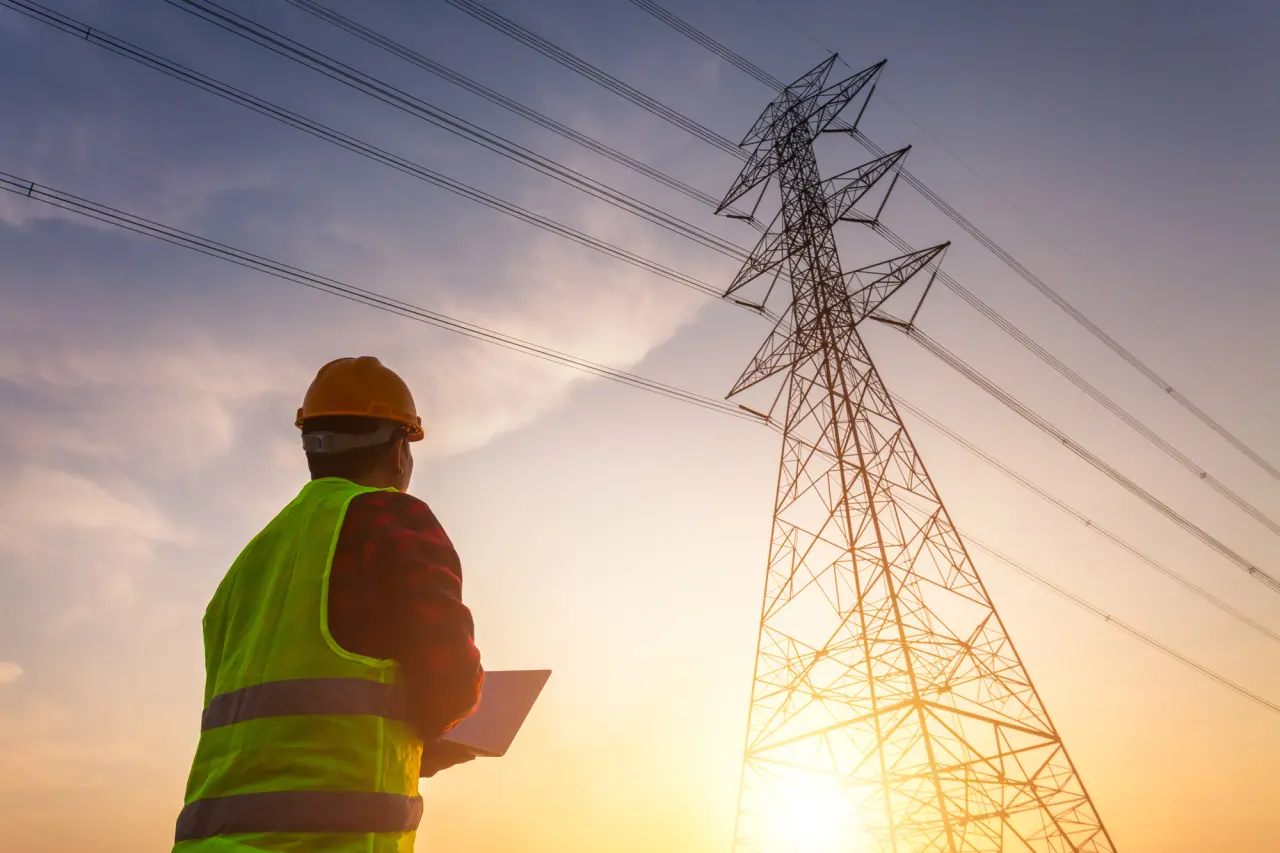What causes electricity prices to fluctuate?


Electricity costs can fluctuate based on various factors including demand, the price of fossil fuels, supply limitations due to severe weather and regulatory changes.
Germany provided a dramatic example of price fluctuations in late 2021 when electricity prices became six times higher than in the previous year. The spike was due to a combination of higher natural gas and coal prices, carbon credit regulations and low production at wind farms.
Such price hikes hit businesses on two fronts. First, operations costs rise instantly when utility prices go up. Secondly, consumers in the area are likely dealing with the same increased costs and limit their spending at local businesses as a result.
Both businesses and individual consumers need to understand the factors causing electricity prices to fluctuate and the steps they can take to limit the impact of utility price spikes.
Weather
A vast majority of power outages are due to severe weather. According to Climate Central, 83% of power outages were weather-related between 2000 and 2021. This percentage rose significantly in the next decade, with a further 78% increase in outages from weather events between 2011 and 2021. Outages like these can trigger increases in wholesale electricity prices, which utility companies typically pass on to customers in the form of higher rates.
Extreme temperatures can also cause utility price spikes. Demand for electricity increases as people turn up energy-intensive appliances like furnaces or air conditioners, and prices rise accordingly. Texas provided an extreme example of this phenomenon in the summer of 2023 when prices rose from the annual average of $101 per megawatt-hour (MWh) to as much as $5,000 per MWh.
While consumers can expect some seasonal price fluctuations as normal, unpredictable extreme weather events typically have much more dramatic impacts on electricity costs.
World events
World events, such as wars or health crises, can also impact energy prices. If a conflict causes widespread changes in energy demand, it can affect the availability of commodities like natural gas and oil, or slow global supply chains. As a result, average consumers may see changes to their utility bills.
As an example, Russia’s invasion of Ukraine led to significant increases in electricity prices due to concerns over natural gas supplies. Europe’s wholesale energy prices rose by 237% during 2022. Price increases like these are the typical results of global disruptions, but some events can lead to lower demand instead. For instance, electricity demand fell during COVID-19 lockdowns as businesses shut their doors, reducing electricity prices for some time.
Geopolitical conflicts can have a long-term impact on electricity costs. Investors are less likely to provide capital for grid improvements or renewable energy projects in times of uncertainty. This hesitation can delay advancements that could make electrical supply more reliable and cheaper in the future.
Supply chain issues
Electricity providers can be significantly impacted by supply chain issues. For example, shipping delays can impact repairs, maintenance and system improvements because necessary parts or equipment are stuck in transit.
Also, limited access to raw materials can stall renewable energy projects. In addition to logistical bottlenecks or high shipping costs, energy companies might have to source materials for solar panels or battery systems from insecure countries where transport is a challenge or supply is inconsistent.
The inability to upgrade or repair systems can delay cost-saving improvements and lead to disruptions or inefficiencies that ultimately cause a rise in electricity prices.
Power generation costs
Different factors play a role in the cost of generating electricity, especially the prices of energy commodities used in power production. The cost of oil, natural gas and coal fluctuates depending on global factors like extraction amounts, refinery output, tariffs and transportation costs. If a power plant uses natural gas to generate electricity, for example, the plant’s costs can vary widely depending on the market price of gas.
Renewable energy is not immune to the problem of materials prices, either. Taxes on foreign-produced panels or rising costs of necessary materials and connected battery systems can all increase the installation price tag.

Electricity market structure
The rules governing electricity markets vary widely from place to place, but in the United States there are two main types of market structures: Regulated and deregulated markets. A regulated market is one in which a single public utility company controls most of the power generation and infrastructure. A deregulated market, on the other hand, allows for buying and selling of electricity among different power providers, with a public entity only responsible for certain aspects of transmission infrastructure.
Deregulation is meant to encourage competition and ultimately lower prices for consumers, but results vary in practice. A deregulated market is subject to uneven power distribution and more dramatic price fluctuations, and a New York Times report found that customers in deregulated markets pay $40 more per month, on average, than those in regulated electricity markets.
How to protect your business from rising energy costs
Energy prices will always fluctuate. However, businesses can take steps to protect themselves from expensive utility bills by seeking alternative energy sources and adopting more sustainable and efficient business practices.
The following three steps can help businesses increase sustainability and insulate themselves from rising electricity costs.
Utilize solar power
Photovoltaic (PV) energy allows businesses to generate some of their own electricity, reducing reliance on the grid and lowering exposure to fluctuating electricity prices. EnergySage estimates that the average small or mid-sized business can save more than $100,000 over 20 years by switching to solar.
Also, with a roof or ground-mounted solar array and backup battery system, your business may be able to avoid going offline during power outages. A solar PV system with storage can continue operation under many circumstances without reliance on the grid.
The cost savings and resilience benefits of solar depend on proper design and installation. Designers can employ state-of-the-art PV software to ensure maximum efficiency, proper placement and panel angle.
Conduct an energy audit
An energy audit can help businesses make improvements that lower their overall electricity costs, allowing them to take more advantage of improvements like solar panels.
An energy audit assesses the energy use and efficiency of a business. An auditor will look at the efficiency of climate controls, insulation and other factors to determine which systems and processes use excessive amounts of energy. Your business can then make targeted improvements to lower its overall energy use.
Some jurisdictions require that certain types of businesses meet energy use targets and efficiency standards. An audit ensures that the company complies with these energy standards and defines necessary improvements. With an outside auditor, your business can make corrections before being hit with penalties during an official government inspection.
Update your continuity plan
A continuity plan is an important risk management tool that helps prepare for crises. It looks at potential problems and how they will impact business operations, supplier activities, and customer demands.
With this information, your business can take steps to deal with energy disruption. Your moves can include a plan for price escalation to account for additional costs and risk mitigation strategies to lower the damage of the crisis. For example, your business might add solar panels and batteries to limit the risk of electricity supply disruptions or price spikes.
With the right steps and targeted improvements like the addition of solar panels, a business can reduce reliance on the electrical grid and insulate against some uncertainty related to fluctuating electricity prices.